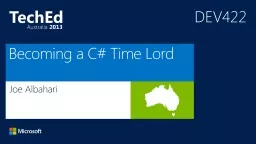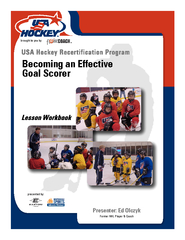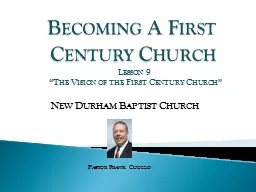PPT-Becoming a C# Time Lord
Author : giovanna-bartolotta | Published Date : 2017-09-05
Joe Albahari DEV422 Humans cant reliably write freethreaded code Chris Brumme Microsoft If you dont believe writing multithreaded code is hard do everyone
Presentation Embed Code
Download Presentation
Download Presentation The PPT/PDF document "Becoming a C# Time Lord" is the property of its rightful owner. Permission is granted to download and print the materials on this website for personal, non-commercial use only, and to display it on your personal computer provided you do not modify the materials and that you retain all copyright notices contained in the materials. By downloading content from our website, you accept the terms of this agreement.
Becoming a C# Time Lord: Transcript
Download Rules Of Document
"Becoming a C# Time Lord"The content belongs to its owner. You may download and print it for personal use, without modification, and keep all copyright notices. By downloading, you agree to these terms.
Related Documents














